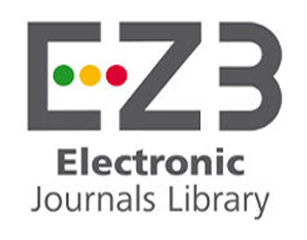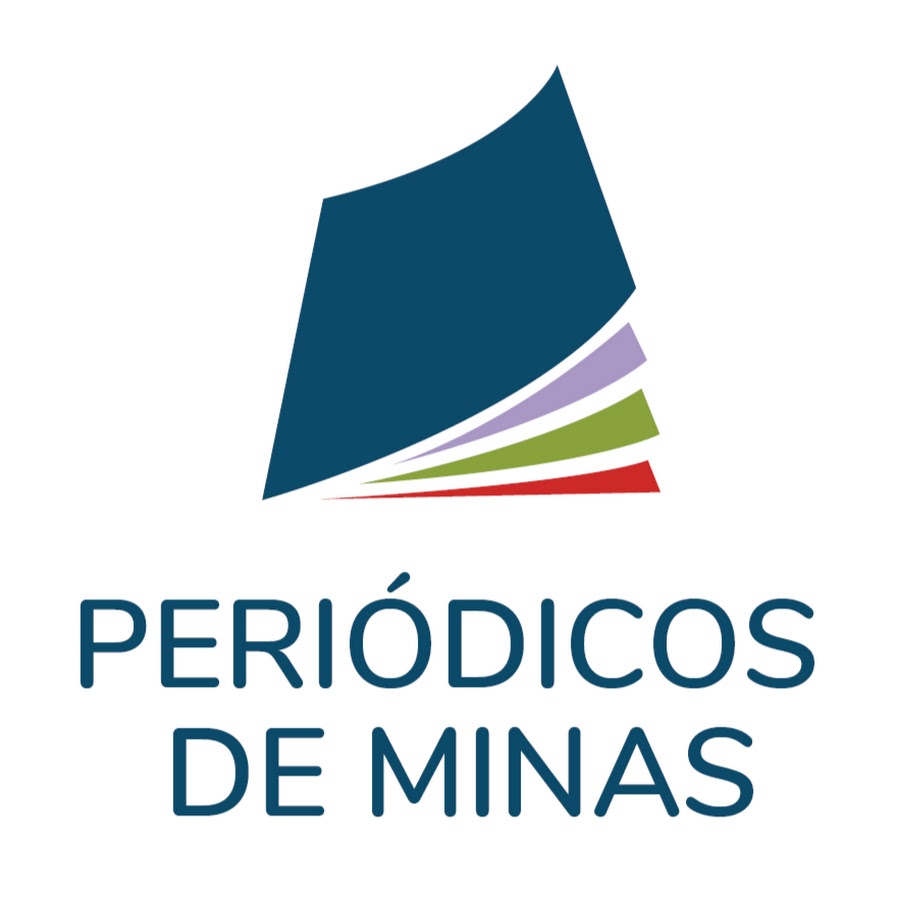A televisão como arma: projeções sobre modelos de operação e do uso do meio no filme Murder by television (1935)
DOI:
https://doi.org/10.14393/artc-v22-n41-2020-58646Palavras-chave:
assassinado pela televisão, tecnologia televisiva, cinemaResumo
Busca-se aqui compreender historicamente um filme hollywoodiano de suspense – lançado em 1935 nos EUA e distribuído no Brasil a partir de meados do ano seguinte –, cuja trama apresenta, de forma inusitada, a televisão como arma para assassinato. Nele, pioneiramente, se contempla a disputa de emissoras de televisão e um “governo estrangeiro” pela tecnologia de transmissão de tevê aberta. Ademais, cenas e textos/diálogos de Murder by television expressam, de forma direta ou metafórica, visões e apreciações acerca de modelos de operação e do uso da nascente televisão. Todas engendradas em meio a fatos e processos atinentes à propriedade e ao funcionamento da televisão aberta, bem como à produção e veiculação de seus conteúdos, quer nos EUA quer em alguns países europeus.
Downloads
Referências
A Cigarra, abr.1925.
A Federação, 12 maio e 5 jun. 1937.
A Notícia, 26 jan. 1937 e 31 jan. 1937.
ANDREW, Christopher and ELKNER Julie. Stalin and foreign intelligence. In: SHUKMAN, Harold (ed.). Redefining Stalinism. London-Portland: Frank Cass, 2003.
Cinearte, 2 jun.1926.
Correio da Manhã, 1 set. 1936.
Correio da Manhã, 25 ago. 1936.
Correio de S. Paulo, 2 out. 1936.
Correio Paulistano, 2 out. 1936, 6 dez. 1936 e 17 mar.1937.
Diário Carioca, 25, 27 e 28 ago. 1936.
Diário Carioca, 30 ago. 1936.
Diário da Noite, 1 set. 1936.
Diário de Notícias, 25 ago.1936.
Diário de Notícias, 25, 27 e 28 ago. 1936.
Diário de Notícias, 29 ago. 1936 e 22 abr. 1937.
Diário de Notícias, 31 ago. 1936.
Diário de Pernambuco, 10 e 15 mar. 1939 e 23 mar. 1939.
Folha da Manhã, 11 jun. 1925.
Folha da Manhã, 11 out. 1924.
Folha da Manhã, 29 nov, 1-5 dez. 1936.
Fon-Fon, 11 jun.1925.
Fon-Fon, 17 nov. 1923.
GREEN, Jonathon and KAROLIDES, Nicolas J. Encyclopedia of censorship. New York: Facts On File, Inc., 2005. Disponível em <http://www.encyclopedias.biz/dw/Encyclopedia%20of%20Censorship.pdf>. Acesso em 23 mar. 2020.
GRIBBLE, Richard. United States recognition of Soviet Russia: 1917-1933. American Catholic Studies, v. 119, n. 4, 2008. Disponível em <https://www.jstor.org/stable/44195182?seq=1>. Acesso em 22 mar. 2020.
HSU, Madeline Y. Chinese and american collaborations through educational exchange during the era of exclusion, 1872–1955. Pacific Historical Review, v. 83, n. 2, 2014.
Ilustração Moderna, 21 fev. 1925.
Internet Movie Database (IMDb). Disponível em < https://www.imdb.com/>. Acesso em 6 fev. 2020.
Jornal do Brasil, 25 ago. 1936, 28 ago. 1936 e 29 ago.1936.
Jornal do Commercio, 26 maio 1939 e 19 jun. 1939.
KOSZARKI, Richard and GALILI, Doron. Television in the cinema before 1939: an international annotated database. Journal of e-Media Studies, v. 5, n. 1, 2016. Disponível em <https://journals.dartmouth.edu/cgi-bin/WebObjects/Journals.woa/1/xmlpage/4/article/471>. Acesso em 5 ago. 2019.
KOSZARSKI, Richard. Coming next week: images of television in Pre-War Motion Pictures. Film History, v. 10, n. 4, 1988.
Leitura para Todos, abr.1923.
LIPOVETSKY, Gilles e SERROY, Jean. A estetização do mundo: viver na era do capitalismo artista. São Paulo: Companhia das Letras, 2015.
MILLER, Toby. Televison studies: the basics. New York: Routledge, 2010. Disponível em <https://ayomenulisfisip.files.wordpress.com/2015/08/television-studies-the-basics>. Acesso em 18 out. 2019.
O Dia, 13 mar.1925.
O Dia, 7, 12, 17 e 27 jan. 1937.
O Estado, 9, 10, 13 e 21 jan. 1937.
O Imparcial, 13 jul., 26 set. 1939, 29 set. e 9 out. 1939.
O Imparcial, 8 mar. 1938.
O Jornal, 25 e 26 ago.1936
Para Todos, 13 jun. 1925.
Para Todos, 29 ago. 1923.
Paratodos, 2 fev.1924.
PAULU, Burton. Radio and television broadcasting in Eastern Europe. Minneapolis: University of Minnesota Press, 1974. Disponível em <https://www.lboro.ac.uk/subjects/communication-media/research/research-projects/screening-socialism/television-histories/tvintheussr/>. Acesso em 10 jan. 2020.
Pelo Mundo, out. 1923.
Republic – Duke Movie & Backlots. Disponível em <https://dukewayne.com/index.php?thread/5025-republic/>. Acesso em 28 fev. 2020.
Scena Muda, 4 dez. 1924.
STERN, Milton M. Scanning device, 1934. Disponível em <https://patents.google.com/patent/US2099872>. Acesso em 22 mar. 2020.
TOMAIN, Cássio S. Janela da alma: cinejornal e o Estado Novo. São Paulo: Annablume, 2006.
Downloads
Publicado
Edição
Seção
Licença
Autores que publicam nesta revista concordam com os seguintes termos da licença Creative Commons, adotada a partir da ArtCultura, v. 21, n. 39 (jul.-dez. 2019).
CC BY-NC-ND 4.0: o artigo pode ser copiado e redistribuído em qualquer suporte ou formato. Os créditos devem ser dados ao autor original e mudanças no texto devem ser indicadas. O artigo não pode ser usado para fins comerciais. Caso o artigo seja remixado, transformado ou algo novo for criado a partir dele, ele não pode ser distribuído.
Autores têm autorização para assumir contratos adicionais separadamente, para distribuição não exclusiva da versão do trabalho publicada nesta revista (ex.: publicar em repositório institucional ou como capítulo de livro), com reconhecimento de autoria e publicação inicial nesta revista.












